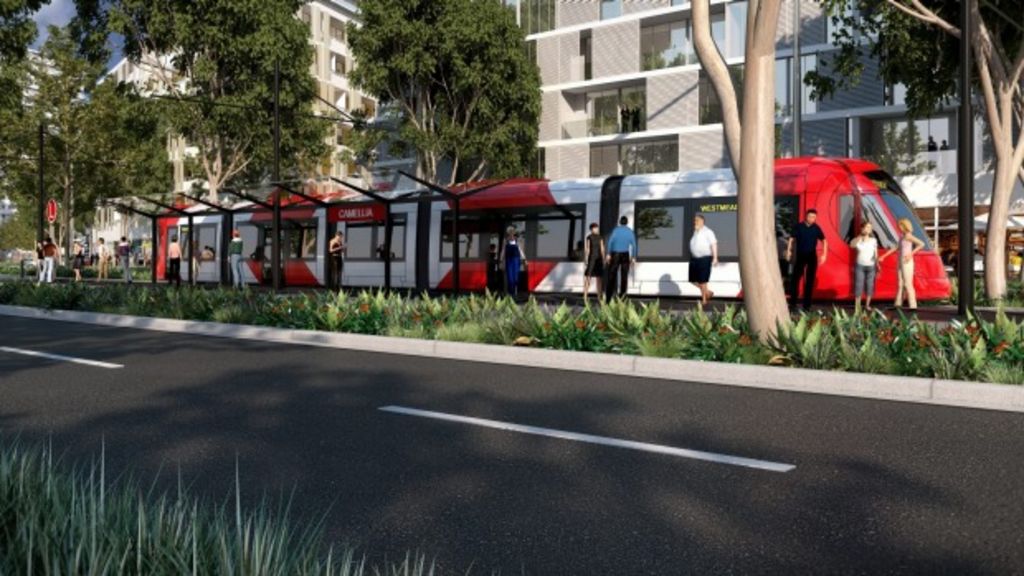
Co-ordination needed to capture uplift value from infrastructure
Chris Johnson
With the federal election campaign well under way there has been much discussion on how to fund the infrastructure for Australia’s cities.
The government has issued a glossy brochure on “Smart Cities” which sets a broad agenda but not a lot of specifics.
What it does suggest is the need to capture some of the uplift in value that many land owners are getting from new infrastructure.
 Chris Johnson is the CEO of the Urban Taskforce.
Chris Johnson is the CEO of the Urban Taskforce.
At the state level the Minister for Transport and Infrastructure, Andrew Constance, has seen the same potential and has proposed a levy of $200 a square metre on all new housing near his proposed light rail from Parramatta to Strathfield.
That adds $20,000 to each new apartment unless there is significant uplift in the floor space allocated by local plans.
The difficulty here is that Parramatta City Council is one step ahead with a new policy that says half the uplift value should go back to the council’s infrastructure projects.
So the developer of new apartment buildings east of Parramatta could have three levels of government knocking on his door asking for contributions under the heading of “value capture”.
When I presented to John Alexander‘s federal committee looking into value capture he was amazed to hear that councils in Sydney were already developing policies.
Clearly someone, probably the state government, needs to co-ordinate the overall approach to levying for infrastructure but there does not appear to be any evidence of this to date.
 John Alexander during a coalition party room meeting in Canberra. Photo: Glen McCurtayne GPM
John Alexander during a coalition party room meeting in Canberra. Photo: Glen McCurtayne GPM
Overseas examples of value capture are often quoted but they are also often taken out of context.
The funding of London’s Crossrail project is quoted as a good example but a close examination demonstrates that it is based on broad-based levies across all of London.
A detailed PwC report on options for funding Crossrail 2 examines the funding for the first stage. The report found that the biggest contribution came from a levy on business rates across all of London followed by a small contribution from all new construction across London.
The PwC report was not positive about large levies on development close to the new stations as these would go up and down with the market and could stop new development.
In Sydney, Voluntary Planning Agreements are increasingly being used by councils and applicants to lift heights and gross floor area (GFA) so that both parties are winners.
For large sites this makes sense but if it becomes a policy for councils to trade on floor space it does change the planning system.
The Urban Taskforce is undertaking research in the area of value capture and infrastructure funding with a focus on spreading the load across many beneficiaries rather than just new housing.
It will be interesting to see how the discussion beds down in policy terms after the federal election but hopefully it will not only be a tax on new housing as the way to fund infrastructure.
Chris Johnson is CEO of the Urban Taskforce











